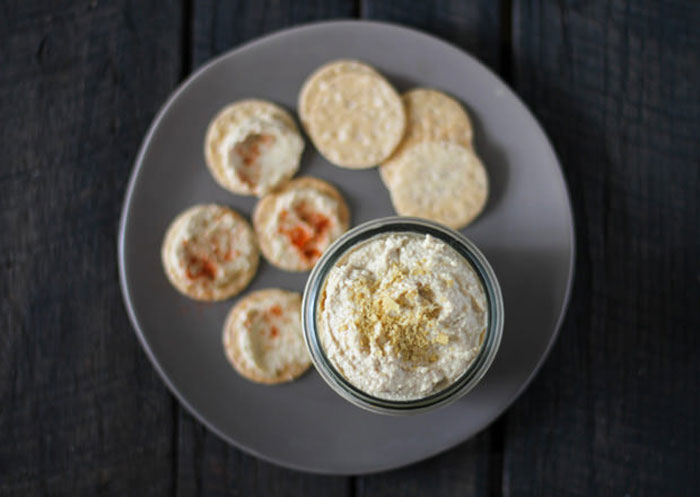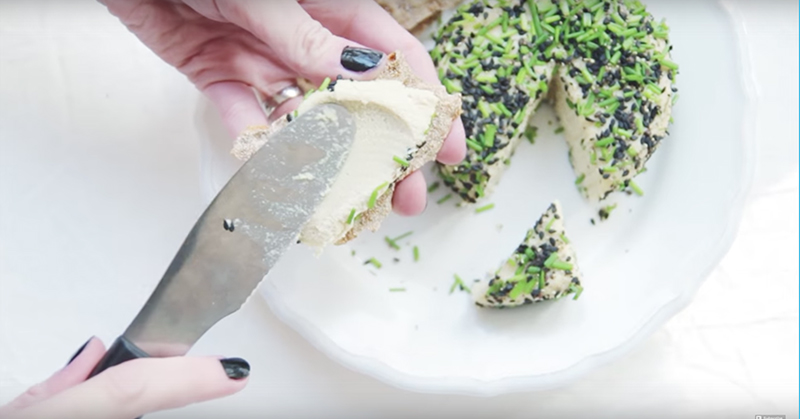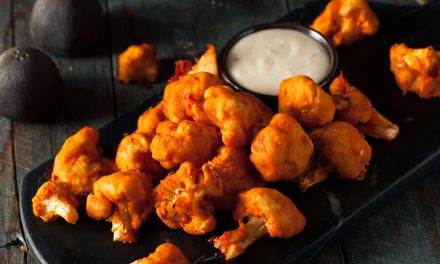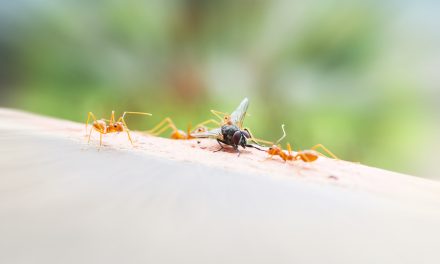Cheese is everywhere. It finds its way into almost every recipe, menu, and meal you could ever imagine. Melted or grated, it’s considered the savior of the mundane meal and the simple solution to the problems of flavor. It’s deliciously rich but anyone with a mild interest in healthy eating knows just how bad it is for them.
RELATED STORY:
However, it has been ingrained into us that we should be eating it. We were told as children that cheese’s high calcium content led to healthy teeth and bones, but nobody warned us about obesity and heart disease. Whether you’re trying to go vegan, are lactose intolerant, or just health-conscious, cutting out dairy cheese is a necessity.
Thankfully there is a solution, nut cheese. It sounds ridiculous but you really can give your meals a healthy kick with homemade nut cheese. Before you do, though, it’s important to explore exactly why cheese is so bad for you.
Why is Cheese Bad For You?
With cheese having found its way into so many of our meals, it has become necessary for many people to buy cheap processed or pre-shredded cheese. In America, these two different types of cheese make up the vast majority of sales; a fact that should be considered a national health issue.
Pre-shredded cheese is filled with cellulose powder and calcium sulphate. Cellulose powder, more commonly known as wood pulp, is used to thicken food at a cheaper price than using oil and flour. This thickening agent is also used to help preserve the food for longer, keeping the natural ingredients ‘fresh’ for an unnaturally long period of time.
RELATED STORY:
The calcium sulphate that is added to pre-shredded cheese is an altogether more dangerous substance. Regularly used in building materials, calcium sulphate can cause severe gas and swelling of the abdomen when eaten in large quantities, and will often cause other digestive issues.
American cheese often contains both of these ingredients, as well as additional food coloring and an increased salt content. This form of ‘cheese’ is in fact no longer legally allowed to be called cheese by manufacturers as it is so far from the natural form of the product. Instead, it has to be called processed cheese to illustrate to the consumer that it isn’t natural.
A diet high in salt can cause issues ranging from heart disease to kidney stones. However, the use of food colorings has been found to cause cancer and mental health problems in children, such as ADHD. So it’s a much better idea to find an alternative…
Healthy Nut Cheese Alternative
Although natural and organic cheeses are a healthier alternative than processed cheese, they still have an extremely high-fat content and cause a range of digestive issues for those with even a mild intolerance. These factors are the reason why the easiest way to protect your health while maintaining a cheese ‘habit’ is to make your own nut cheese.
It might sound odd, but nut cheese is a healthy replacement for traditional dairy cheese. It is made by soaking your nuts for several hours before mixing them with a probiotic capsule or a fermented mixture. Making it is no short process, as the nuts and the mixture need to be left to ferment for up to a week. It’s a long process but your gut will thank you.
Nut cheese can be made from a range of different nuts including, but not limited to cashews, almonds, and macadamia. Each of these nuts are high in oleic oil, which has been linked with improved cardiovascular health by lowering triglyceride levels. Nut cheese is a cheese that prevents heart disease, rather than causes it.
RELATED STORY:
Additionally, nuts are high in magnesium, which acts as a muscle relaxant and helps maintain the elasticity of the joints. By consuming magnesium rich foods, our nervous system is kept in a relaxed working order, ensuring that our bodies are not fraught with tension that can cause lasting damage.
These benefits alongside the lack of dairy, mean that nut cheese is lower in fat than regular cheese and is made from 100% natural ingredients, unlike processed cheese. From a health standpoint, it’s a no-brainer. Read on for some fantastic and creative recipes for your own nut cheese.
Garlic and Herb Vegan Nut Cheese
Ingredients:
- 2 cups (240 g) raw cashews
- 2 garlic cloves, minced (1 tablespoon or 6 g)
- 1/2 teaspoon garlic powder, plus more to taste
- 1 lemon, zested
- 2 lemons, juiced (1/4 cup or 60 ml)
- 3/4 cup (180 ml) water
- 2 tablespoons (6 g) nutritional yeast
- 1/2 teaspoon sea salt
- 2 tablespoons (30 ml) olive oil
Instructions:
- Put cashews in a bowl of cool water and cover. Place the bowl in the refrigerator and leave to soak for 12 hours.
- Drain the water and add the nuts to the blender. Add minced garlic, garlic powder, lemon zest, lemon juice, water, nutritional yeast, salt and olive oil. Blend until smooth, and adjust seasoning based on your personal taste preference.
- Use a fine mesh strainer (over a mixing bowl) and lay down two layers of cheesecloth or a clean, absorbent towel.
- Scoop all of the cheese onto the cheesecloth with a spatula, before gathering the corners and twisting the top gently to form a cheese ‘disc.’ Use a rubber band to secure the shape.
- Place in the refrigerator and leave for 12 hours.
- Be careful when removing the cheese, and season with additional herbs to suit your preference.
- Enjoy your homemade cheese ball!
Classic Cashew Cheese
 Ingredients:
Ingredients:
- 1 cup raw cashews (soaked)
- ¼ cup filtered water
- ¼ cup nutritional yeast
- 2 tablespoons lemon juice
- 2 cloves garlic
- 2 tablespoons white wine (wine you’d drink) or use 1 tablespoon raw apple cider vinegar
- 1 tablespoon Dijon mustard
- sea salt and pepper to taste
Instructions:
- Put nuts in a bowl with cool water and cover. Place the bowl in the refrigerator and leave to soak for 12 hours.
- Drain the water from the nuts and add all ingredients to the blender. Blend until smooth.
- Transfer to cheesecloth and store in the refrigerator for five days.
- Smear your cashew cheese on bagels on dip chips into it!
*Article originally appeared at Healthy Holistic Living.












